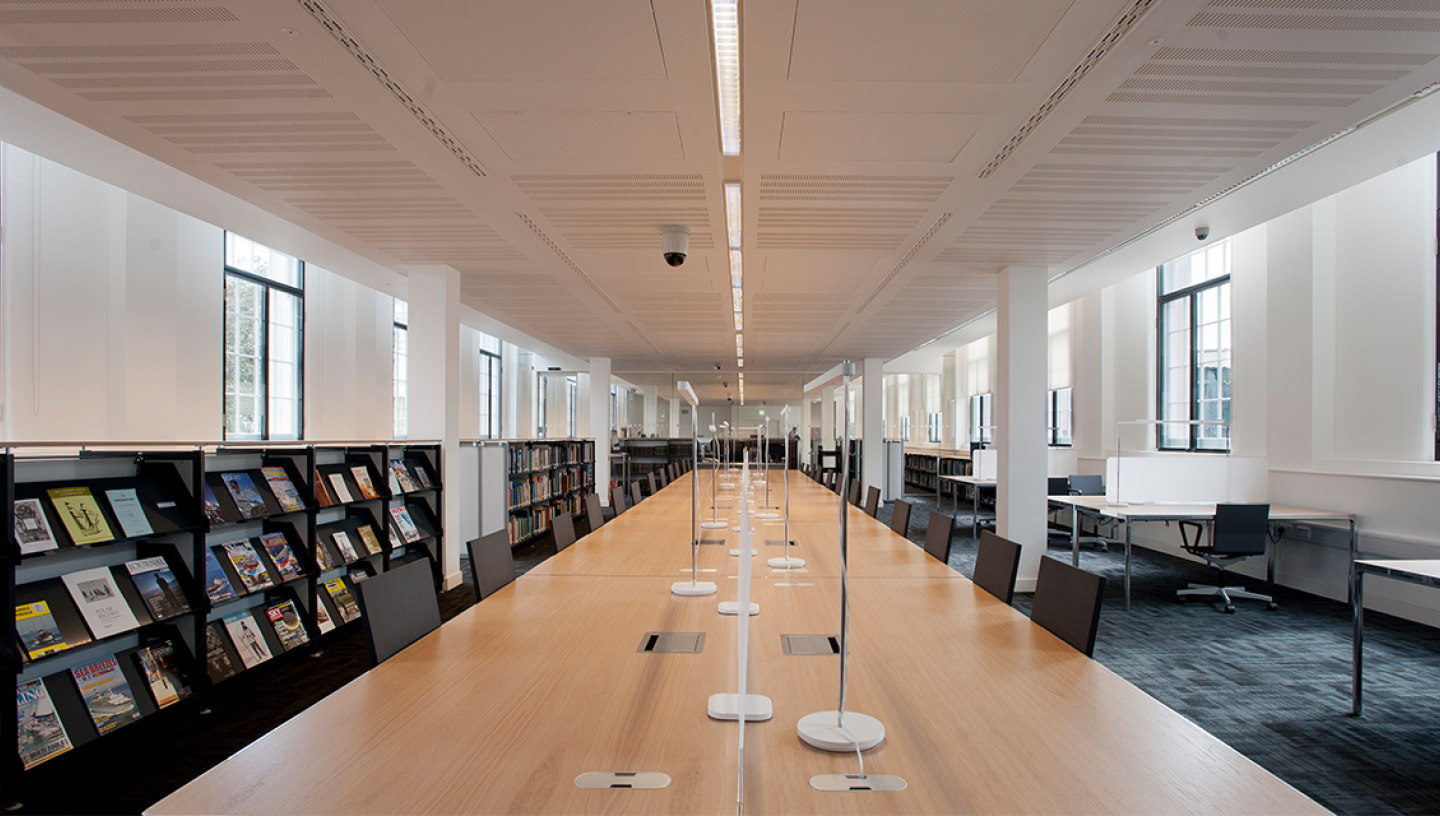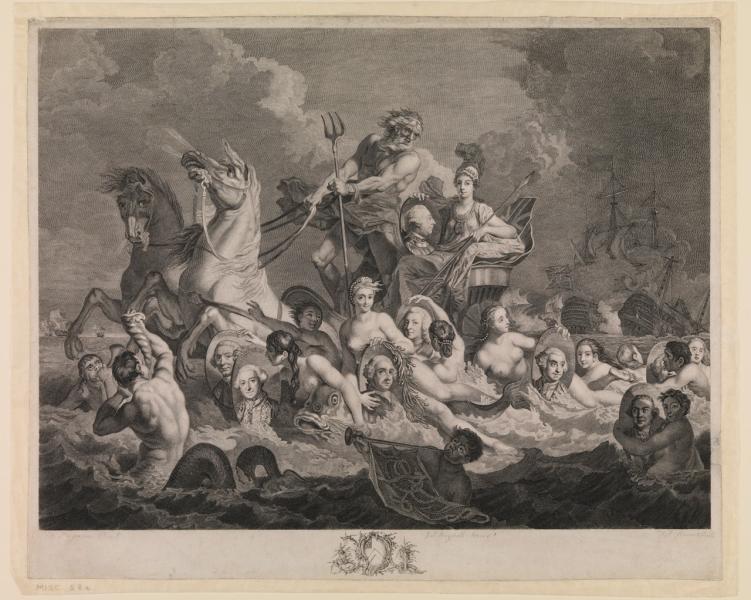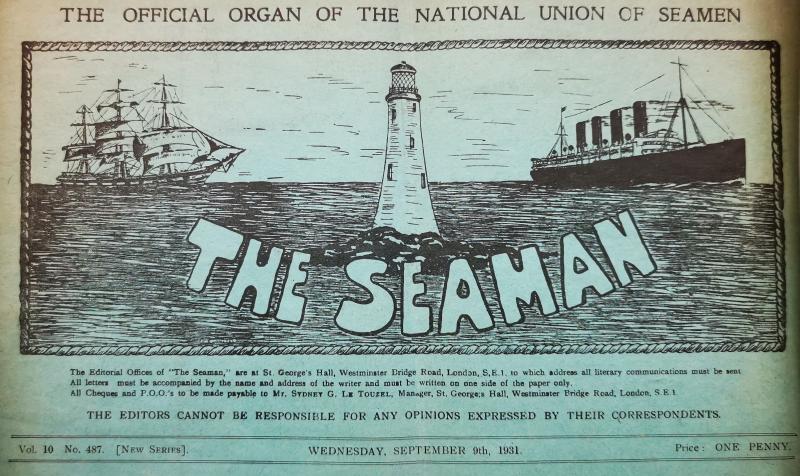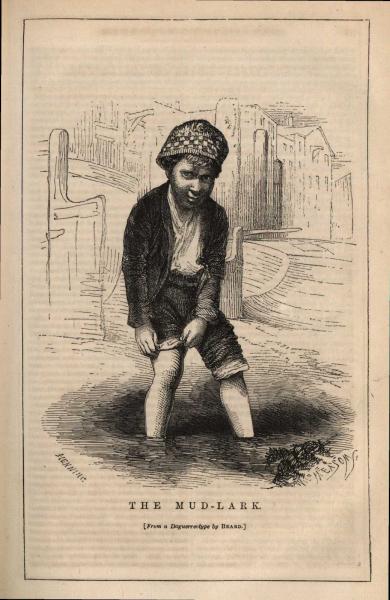
For LGBTQ+ History Month we go in search of some of the hidden histories within the Caird Library and Archive collections
Homosexuality and the Royal Navy
In recent decades, maritime and social historians have increasingly turned their attention towards the social lives of sailors. Unfortunately for those interested in LGBTQ+ maritime histories and sexuality, research can be more challenging.
Social attitudes have had a significant influence on the development of the historical record. For over 400 years sexual activity between men was illegal in England and Wales and, until 1861, was punishable by death. In the Royal Navy it was a capital offence from 1627.
Over time, attitudes would ebb and flow, however. The 1690s–1730s saw reactions against the socially liberal temperament that defined the Restoration period. Led by the Society for the Reformation for Manners, efforts were made to suppress profanity, brothels, and other lewd behaviour. A network of ‘moral guardians’ would monitor and report offenders to the authorities.
One of their early victims was Captain Edward Rigby of the Royal Navy. Though initially acquitted of sodomy at his court martial, in 1698 he was brought before the Old Bailey and imprisoned. Following his release, he fled to France (then at war with England) to continue his naval career.
In the Navy, officially at least, sodomy was considered as serious a crime as mutiny and murder. Between 1690–1840, there were 345 prosecutions though courts martial, with sailors frequently convicted.
Dozens were sentenced to death, though clemency did occur. However, given the risk of the death penalty and the reaction to merely being accused publicly, non-judicial alternatives developed. This included summary punishment, dismissal, flight, and even suicide. Officers were also known to overlook incidents entirely.
While the nineteenth-century law and sentencing became more lenient, reforms of the early twentieth century renewed the Navy’s focus on eliminating homosexual practices. Despite legalisation in 1967 (1981 in Scotland), the ban on gay people openly serving in the British Armed Forces was only lifted in 1999.
Under such an oppressive atmosphere, any same-gender sexual encounter demanded discretion if one were to avoid either death, imprisonment, professional and financial ruin, or social ostracism. This would naturally affect people’s approach in accurately recording, safeguarding, reporting, and circulating personal records and accounts.
Finding the ‘man’ in manuscript
What can frequently be found are official records. These were kept by the state and its actors, such as legal and other disciplinary proceedings. Our Archive contains a hint of similar events in ADM/A/1861.
The volume sits within our collection of Admiralty in-letters, dated 24 January 1699. From Lords of the Admiralty Captain Henry Priestman, Admiral of the Fleet George Rooke, and parliamentarian James Kendall, the letter directs Edward Bigley and Daniel Parker to join the crew of His Majesty’s Ship Bedford Galley. They have accused John Cates of sodomy and are being used as evidence against him.
After further investigation, some additional details can be found in our collection of Lieutenant's logs. In ADM/L/B/47 is the journal of Bedford's captain, Robert Hollyman, for the years 1697–1710. Some relevant entries include:
- 18 Jan: Mr Whittaker examined the three prisoners aboard for sodomy
- 19 Jan: the prisoners were carried to London
- 20 Jan: the two boys that went with the prisoner as evidences came aboard again
- 28 Jan: my Lieutenant issued an order in my absence to reduce the ships [sic] Compliment to 90 men & to enter the two boys who are evidences against the prisoner for sodomy
Though providing an account on some of the movements, several mysteries remain. Further investigation, which was not possible due to the constraints of time in writing this blog, may yet shed light on these events.
When undertaking their own investigations researchers often need to adopt an explorative approach. Some thought should first be given to search terms. Researchers will have more success using historical terms in their catalogue search that have since fallen out of use.
Even so, few results may be returned. This can, in part, be attributed to appraisal, acquisition, and cataloguing practices. Decisions made by archivists, librarians, and curators on the value and relevance of material can, naturally, be susceptible to bias.
These issues are part of ongoing conversations within the archive, library, and museum professions. Even so, on its own the catalogue does not hold all the answers. Its purpose is merely to serve as a record of holdings – not a transcript of content. In many instances, catalogue records - especially where large collections are concerned - only offer the briefest indication of a document’s content.
As an example, there are 5,205 volumes of Lieutenant's logs alone. One volume contains entries for every day over several years. It would be an impossible task to transcribe the entire collection ourselves without compromising our service commitment to make these documents accessible to the public.
The Library is open(ing)
Over the past decade we have facilitated digitisation, volunteer transcription, and community research projects to make our collections more discoverable. AI may also present opportunities but it is some years away, particularly for organisations with limited resources.
To uncover relevant material, researchers often rely on knowledge of the sorts of records available and their relationship to each other. Library and Archive staff are available to offer guidance on this via our enquiry service. An excellent resource for researchers is the Library’s printed collections, which include books, pamphlets, and periodicals.
As well as guides to UK maritime records, our collection has numerous scholarly works on the sexuality of seafarers including:
- Baker, Paul. Hello Sailor! The Hidden History of Gay Life at Sea. Longman, 2003.
- Blackmore, Anthony. Rum, Sodomy and the Lash: a Devon Lad's Life in Nelson's Navy. E.A. Blackmore, 2002.
- Burg, B.R. Boys at Sea: Sodomy, Indecency, and Courts Martial in Nelson's Navy. Palgrave Macmillan, 2007.
- Burg, B.R. Sodomy and the Pirate Tradition: English Sea Rovers in the Seventeenth Century Caribbean. NYU Press, 1995.
- Earle, Peter. Sailors: English Merchant Seamen 1650–1775. Methuen, 1998.
- Eder, Markus. Crime and Punishment in the Royal Navy of the Seven Years' War, 1755–1763. Ashgate, 2004.
- Fury, Cheryl A. (ed.). The Social History of English Seamen, 1650–1815. Boydell Press, 2017.
- Rodger, N.A.M. The Wooden World: An Anatomy of the Georgian Navy. Collins, 1986.
- Seligmann, Matthew S. Rum, Sodomy, Prayers, and the Lash Revisited: Winston Churchill and Social Reform in the Royal Navy, 1900–1915. Oxford University Press, 2018.
- Turley, Hans. Rum, Sodomy and the Lash: Piracy, Sexuality and Masculine Identity. NYU Press, 2001.
Maritime records potentially contain a wealth of information on the sexuality of sailors. There is always more to do to unlock our collections and increase their discoverability.
With assistance from the LGBTQ+ community, work on uncovering these hidden histories within the Library and Archive collections is ongoing. In the meantime, you can begin your own journey of discovery by searching our online catalogues at or emailing us at library@rmg.co.uk.
Further reading
LeJacq, Seth Stein. ‘Escaping court martial for sodomy: Prosecution and its alternatives in the Royal Navy, 1690–1840,’ in The International Journal of Maritime History 2021, Vol. 33 (1).
Gilbert, Arthur. ’Buggery and the British Navy, 1700–1861,' in History of Homosexuality in Europe & America (Studies in Homosexuality), Wayne R. Dynes and Stephen Donaldson, ed. Garland Publishing, 1992.






